
The Beginner’s Guide to French Wine
Rouge, rosé ou blanc — if only it were that simple! With more than 3,000 wines crafted in France, it can be overwhelming to know where to begin. From sunlight to temperature, barrel storage to grape variety, there’s so much that goes into the creation of what goes into a wine glass. And within a country as diverse as France, each of its dozen or so wine regions offers a unique taste and perspective on this timeless beverage. We’re going back to the basics of winemaking with our beginner’s guide to French wine and our favorite wine activities.
The Beginner’s Guide to French Wine
History of Wine
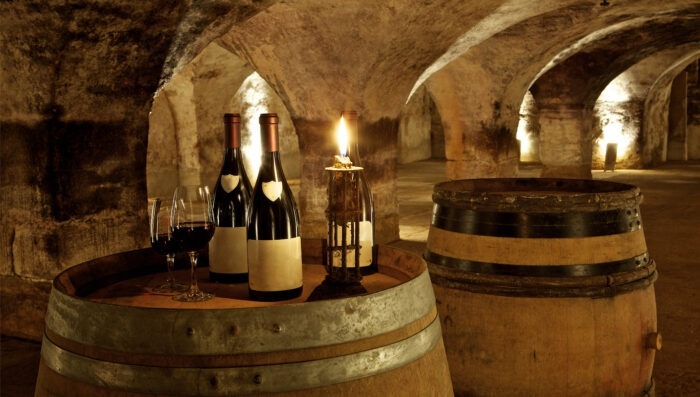
Grape fermentation is nothing new; in fact, it can be traced all the way back to 4000 B.C. Along with many mentions of wine in the Bible, evidence has been found in Egyptian records mentioning winemaking from 2500 B.C., according to Britannica. Since then, wine has grown to many corners of the globe. In France, the retail wine industry generated 4.64 billion euros in 2021, according to Statista. On average, the French drink 47 liters of wine per capita.
Red, Rosé or White
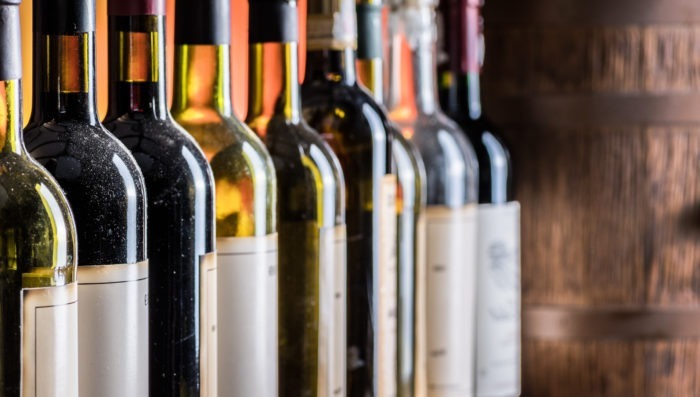
The three main categories of wine are fairly straightforward and can be found across wine regions in France. But within these categories, the possibilities abound, considering that there are more than 10,000 existing grape varieties.
Several popular grape varieties often used in red wines include Cabernet Sauvignon, Merlot, Pinot Noir and Syrah, per Food & Wine. Bordeaux is particularly known for its red wines.
Among many others, white wine grape varieties include Chardonnay, Riesling, Muscat and Sauvignon Blanc, according to USA Wine Ratings. The wine regions of Alsace and Loire Valley are well-known for their white wines, per Oé.
Unfortunately, pink grapes don’t exist yet! In order to achieve that gorgeous rosé color, winemakers must have the red grapes’ skins touch wine but not for long, per Wine Folly. “Where some red wines ferment for weeks at a time on red grape skins, rosé wines are stained red for just a few hours,” according to this Wine Folly article. For a crisp glass of rosé, we recommend heading to Provence or the Riviera.
AOP: Is This Wine Legit?
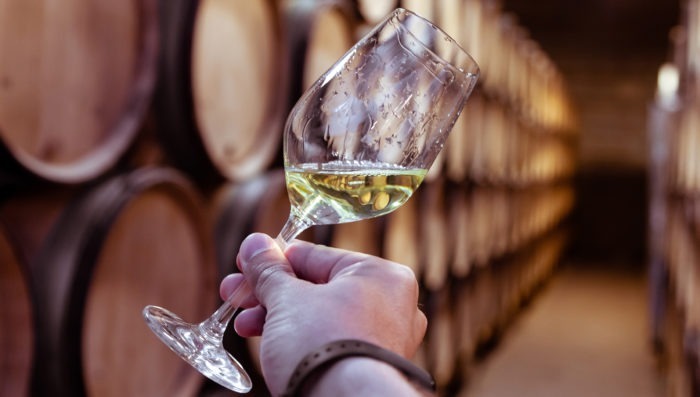
Not all wines are created equal. And that’s why France and Europe have adopted the AOC and AOP labels respectively, according to the Ministry of Economy. In short, these labels are stamps of authenticity. So many foods, beverages and local products are based on tradition, geography and heritage. And this label seeks to protect the genuinity of these products. For example, a sparkling white wine cannot be called champagne unless it’s produced in the Champagne region of France.
In France, there are more than 400 registered AOP labeled wines. As you’re browsing wine labels, keep your eyes peeled for the AOC or AOP label to ensure that it’s legit.
French Wine Masters: Sommeliers
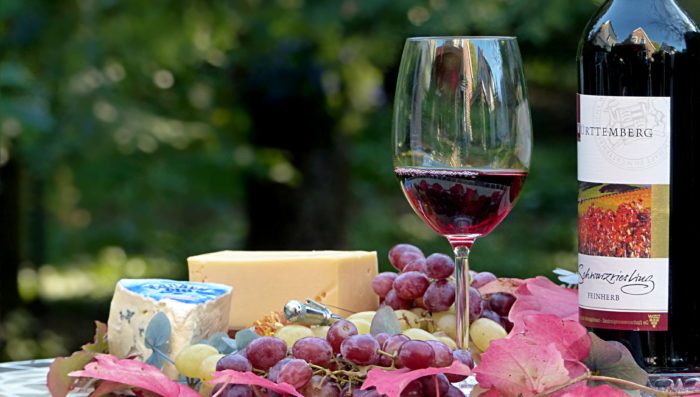
It’s clear that wine isn’t just any beverage. The wine industry demands expertise on many factors: grape varieties, tannins, age, region, climate. Enter sommeliers, or trained wine experts. The sommelier or sommelière is responsible for understanding the different types of wines and liquors. They often work in Michelin-starred restaurants or wine bars and guide diners in their wine choice and pairing, per Onisep. France has specific studies and diplomas based on sommellerie, but there are different levels of sommeliers, such as commis sommelier and chef sommelier.
Within the global wine industry, there are several covetable certifications with two being: Master of Wine and Master Sommelier. “The Master of Wine program is more academic as compared to the Master Sommelier program,” says master sommelier Mathias Camilleri in a Michelin article. “The Master Sommelier program focuses on the dining experience in restaurants and trains sommeliers to understand, recommend and serve the guests in the most optimal conditions.”
Regardless of the MW or MS titles, both require multiple exams, which prove to be no easy feat. It takes a minimum of three years to earn the Master of Wine certification, and only 417 people have earned this title since its inception in 1953, according to the organization’s site. There are four levels to becoming a master sommelier. Fewer than 300 people have earned the MS title since the creation of the Court of Master Sommeliers in 1969, per CMS.
With wine harvested all across France, there’s much to be explored and tasted in the French wine industry. French Side Travel offers a smorgasbord of wine-related activities and would be delighted to organize your trip. Here is just a smattering of our favorite wine activities in France:
An Evening of Rosé Tasting Paired with Nice Street Food

Spend the soirée with a sommelier and cookbook author as you discover the refreshing rosé wines produced in Provence and the French Riviera. Taste several types of rosé and pair them with local street food. Bon appétit !
Wine Harvest Morning
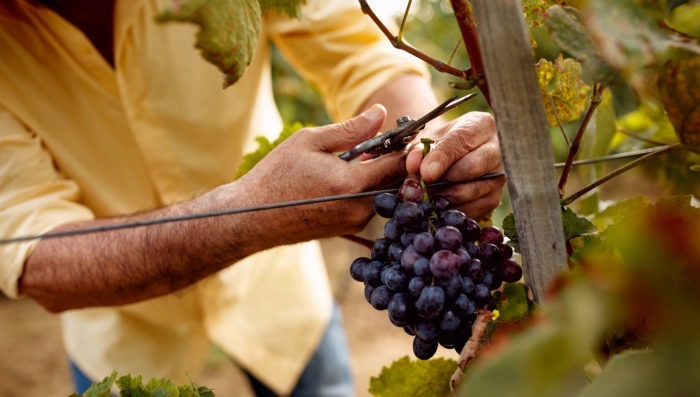
Roll up your sleeves because this activity will put you to work as you discover the intricate wine-making process. Grab your boots and some pruning clippers, and head out to the vineyards where you’ll pick from the vines. Then return to the cellar and discover how they will be fermented and transformed.
Picnic at Château des Jacques
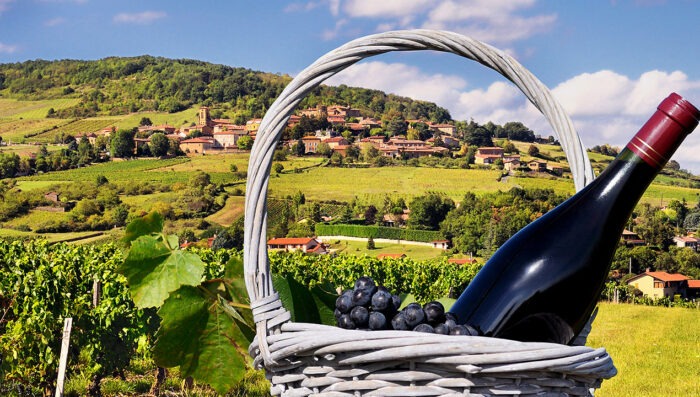
Savor a glass of French wine in the midst of its terroir. Spend the afternoon over a picnic at the Château des Jacques, which is located in the Beaujolais region. Snack on sausages, bread, fruit and, of course, a bottle of Beaujolais.
Bordeaux Grand Crus Workshop
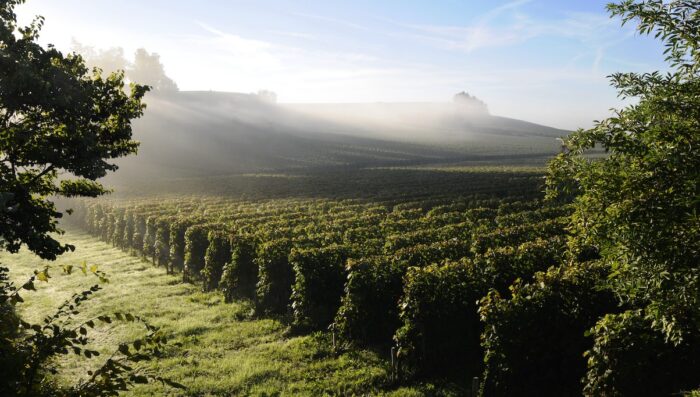
Delve into the world of Bordeaux wines and their gradation techniques. From Saint Émilion to Pomerol, you’ll learn the ins and outs of these world-renowned wines with an oenological expert. Your private workshop will include tastings of three Grand Crus. Santé ! Check out our Guide to the Bordeaux Wine Region.
Private tasting at Philippe Le Bon Tower
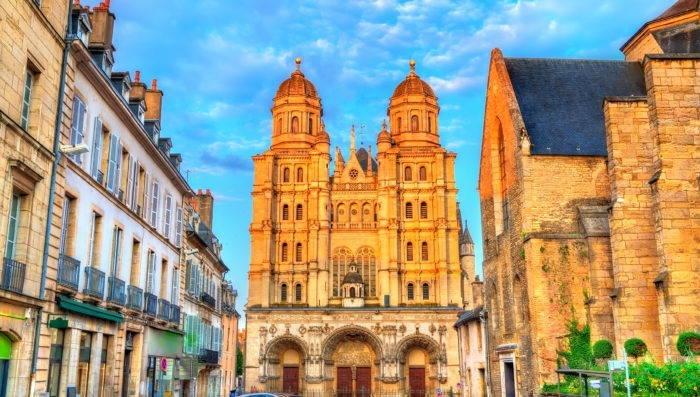
Located in the Burgundy wine region, Dijon is home to the Philippe le Bon tower. Enjoy the panoramic views of this town from this tower as you sip on a glass of white from the Domaine de la Cras. Your exclusive evening will also include a sampling of apéritifs and appetizers.
Where to Stay in France
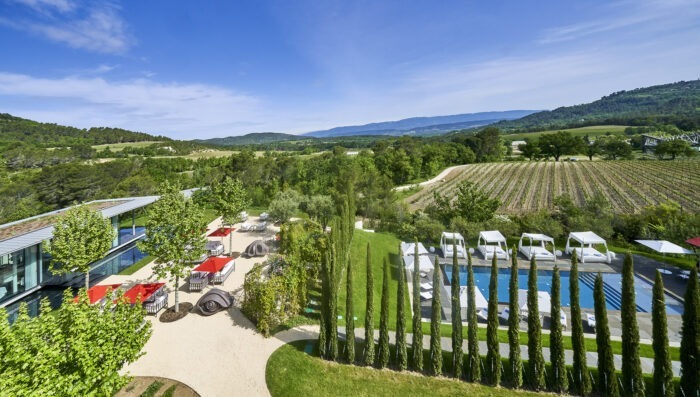
Hotel Villa La Coste in Le Puy-Sainte-Réparade
Calling all wine lovers and art aficionados. Hotel Villa La Coste is a luxury hotel in Provence boasting five stars and 28 villa suites. You could spend hours wandering this luxury hotel grounds with its spa, library, vineyard, bar and restaurants. The hotel is situated in the Château La Coste domain, which also boasts various art exhibitions. We’re sure you’ll be tempted by its Pool Villa Suite, complete with a private patio and pool. This luxury hotel also offers an art and architecture tour and wine tasting during your stay.
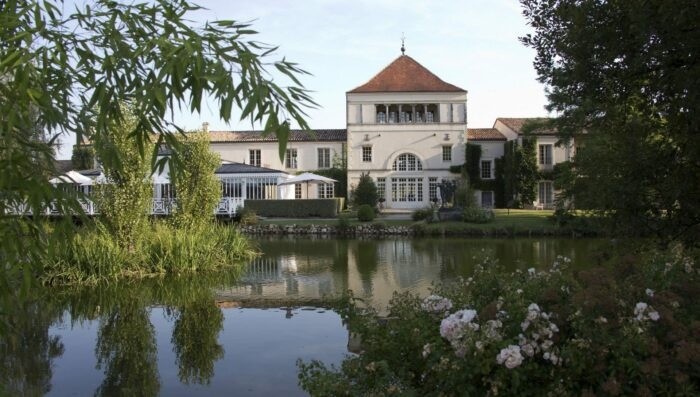
Les Sources de Caudalie in Bordeaux
Tucked south of Bordeaux, les Sources de Caudalie is a five-star palace hotel located in the Château Smith Haut Lafitte vineyards. Escape from the city center with a stay in one of these 61 rooms and suites in Martillac. You can’t miss a visit to its Vinothérapie Spa where you can enjoy a Crushed Cabernet scrub. Not only will you drink well, but you’ll also dine well at its Michelin-starred restaurant La Grand’Vigne.
France’s various wine regions offer an array of activities to be savored and enjoyed. French Side Travel is ready to help you plan the perfect trip to experience the best of the French wine industry. You might enjoy: Burgundy’s VIP Wine Tour Experience or Luxury Gourmet & Oenological Trip to Beautiful Provence. Need some help planning your trip?
